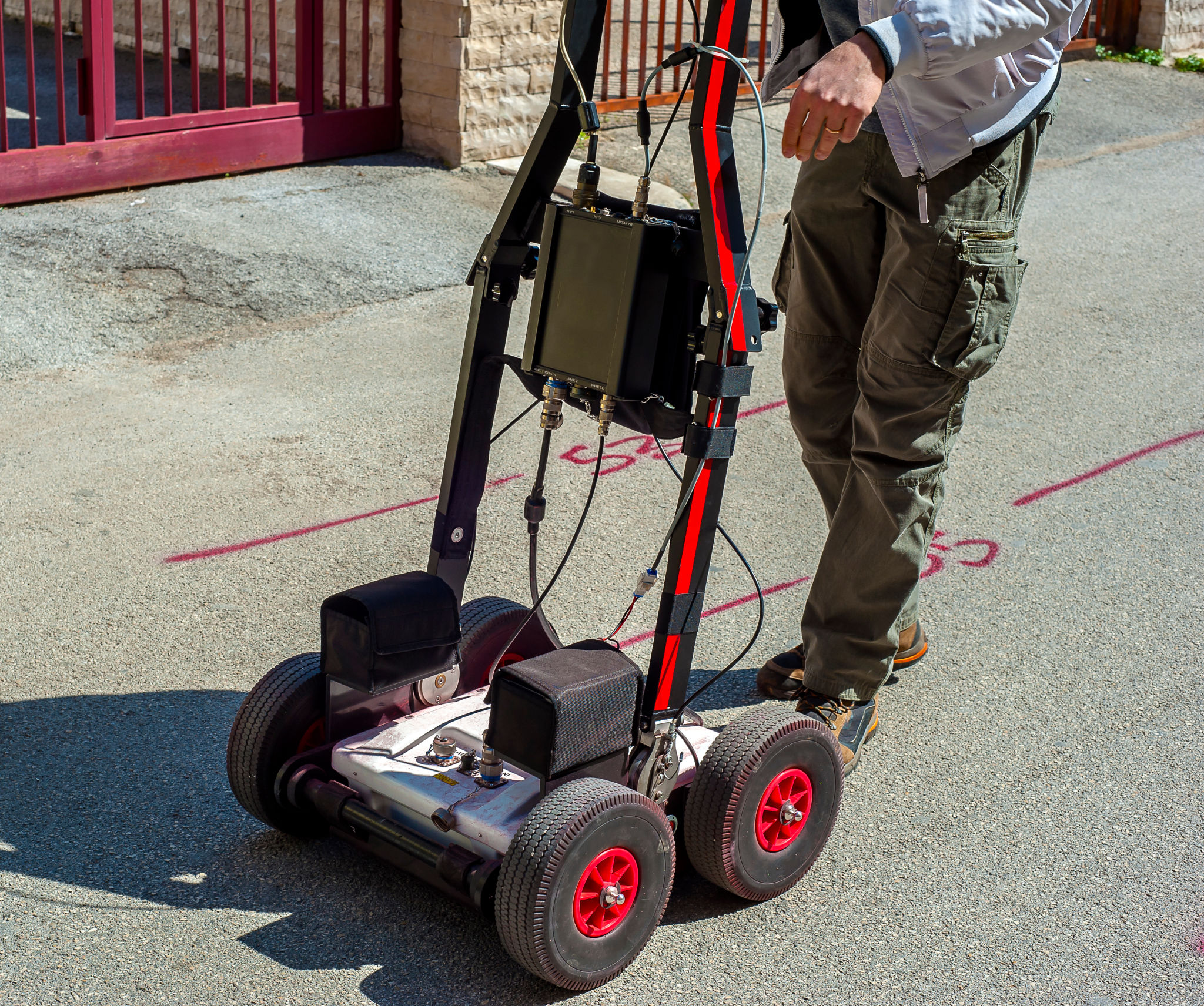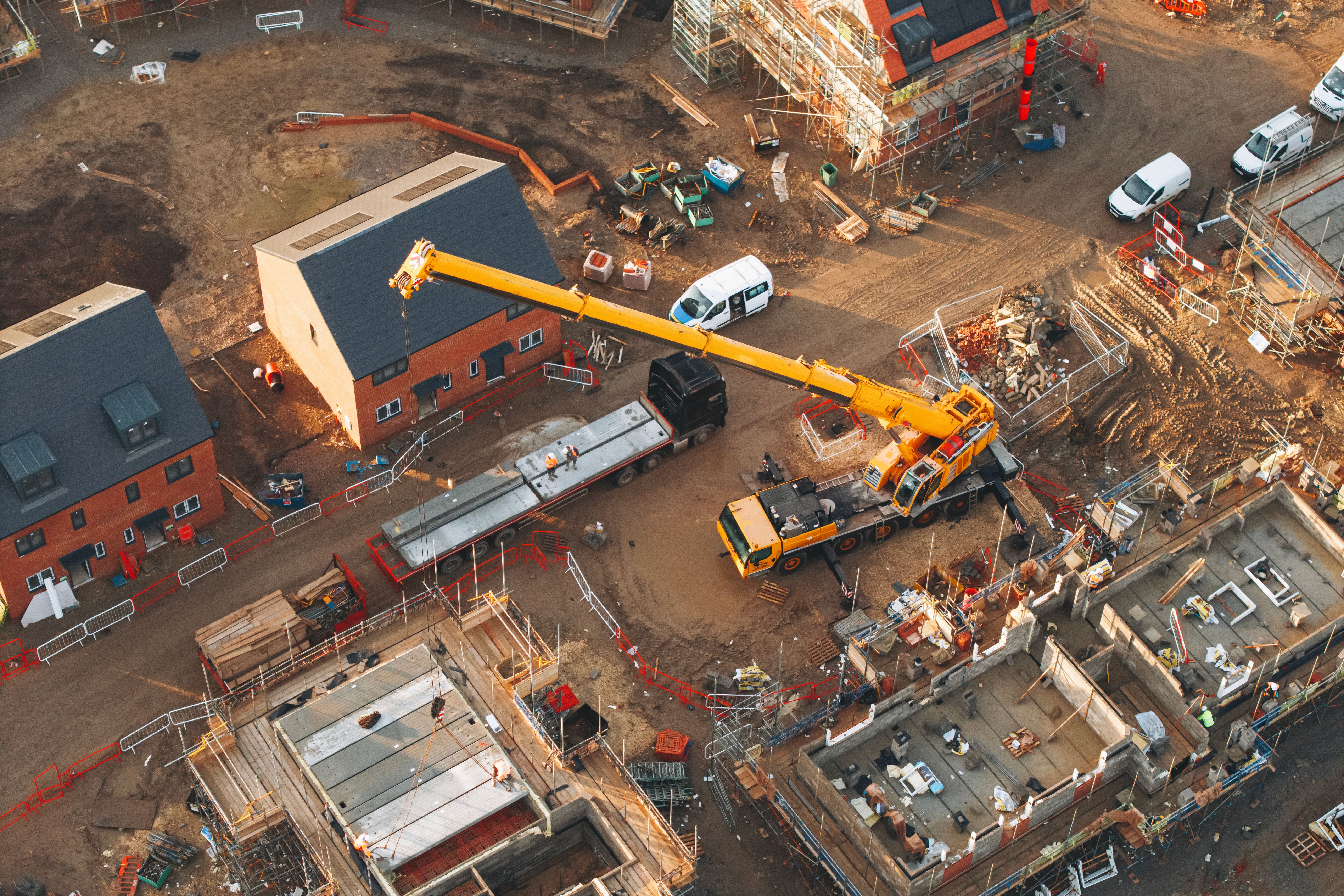Understanding How Concrete Scanning Works
Introduction to Concrete Scanning
Concrete scanning is a crucial process in construction and renovation projects. It involves using advanced technology to detect objects within concrete structures, such as rebar, cables, and voids. Understanding how concrete scanning works can help ensure the safety and success of any construction project.

The Importance of Concrete Scanning
Before any drilling, cutting, or coring of concrete, it is essential to perform a scan. This process helps identify potential hazards such as electrical conduits or post-tension cables. Avoiding these hazards can prevent injuries and costly repairs, making concrete scanning a vital step in construction planning.
Preventing Structural Damage
Concrete scanning helps in maintaining the integrity of a structure. By detecting embedded elements, construction professionals can plan their work without causing damage to the building’s framework. This is especially important in older buildings where documentation may be lacking.
How Concrete Scanning Works
Concrete scanning typically uses technologies such as Ground Penetrating Radar (GPR) or X-ray imaging. These methods provide a non-invasive way to see inside concrete structures.
Ground Penetrating Radar (GPR)
GPR is the most common technique used in concrete scanning. It uses radar pulses to create an image of the subsurface. GPR can detect various objects and materials, providing a comprehensive view of what lies beneath the surface.

X-ray Imaging
For more detailed analysis, X-ray imaging can be used. This method provides a clearer image but requires more setup and safety precautions. It is often used when precision is needed, such as in critical structural assessments.
Key Benefits of Concrete Scanning
Concrete scanning offers numerous benefits that enhance project efficiency and safety. Some of the key advantages include:
- Enhanced Safety: Identifying hazards before construction begins reduces the risk of accidents.
- Cost Savings: Avoiding damage to hidden elements prevents expensive repairs.
- Accurate Data: Provides precise information for better decision-making.
Applications of Concrete Scanning
Concrete scanning is used in various sectors, including commercial, residential, and industrial projects. It is instrumental in renovations, retrofitting, and new construction. By providing detailed insights, it aids architects, engineers, and contractors in executing their work effectively.

Conclusion
Understanding how concrete scanning works and its importance can significantly impact the success of a construction project. By employing these technologies, professionals can ensure safety, reduce costs, and maintain the structural integrity of a building. Whether you’re involved in a large-scale construction project or a small renovation, concrete scanning is a critical step that should not be overlooked.
